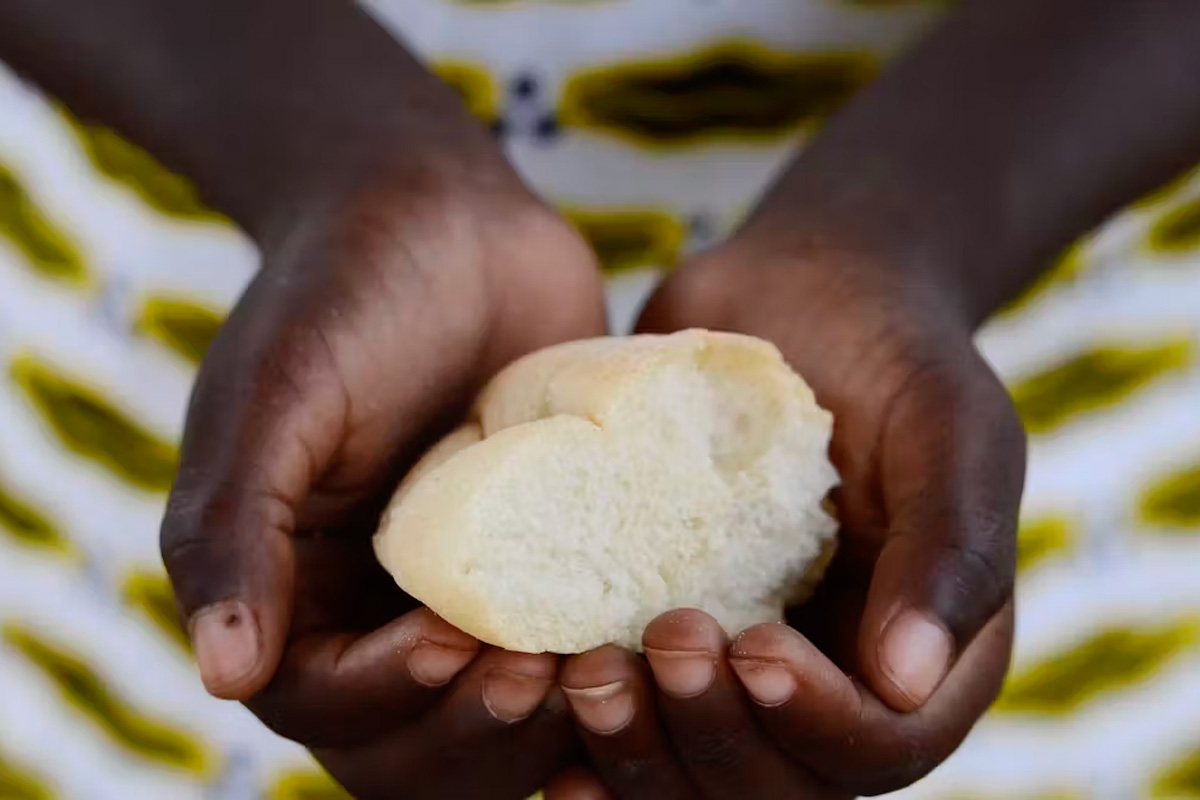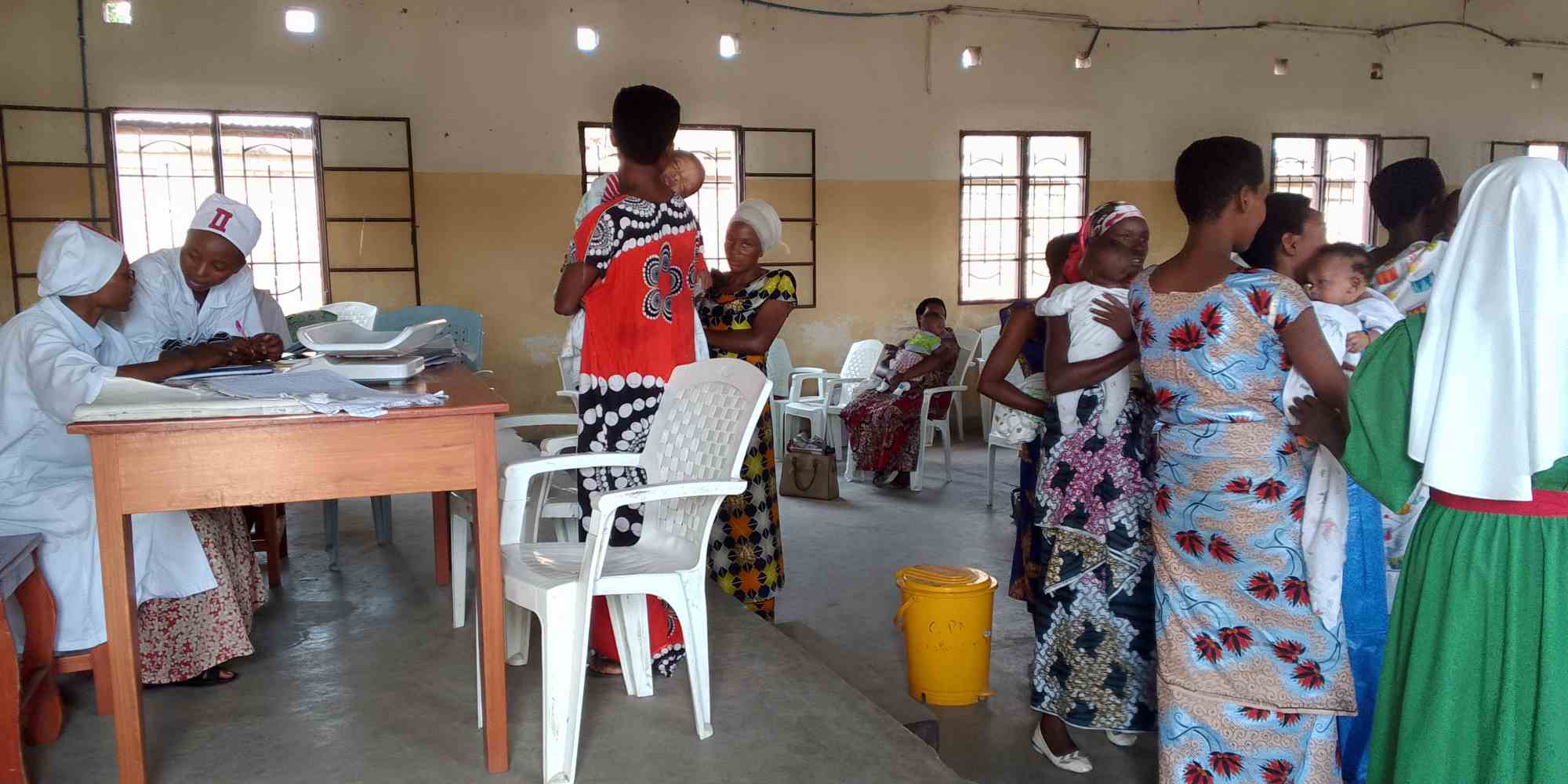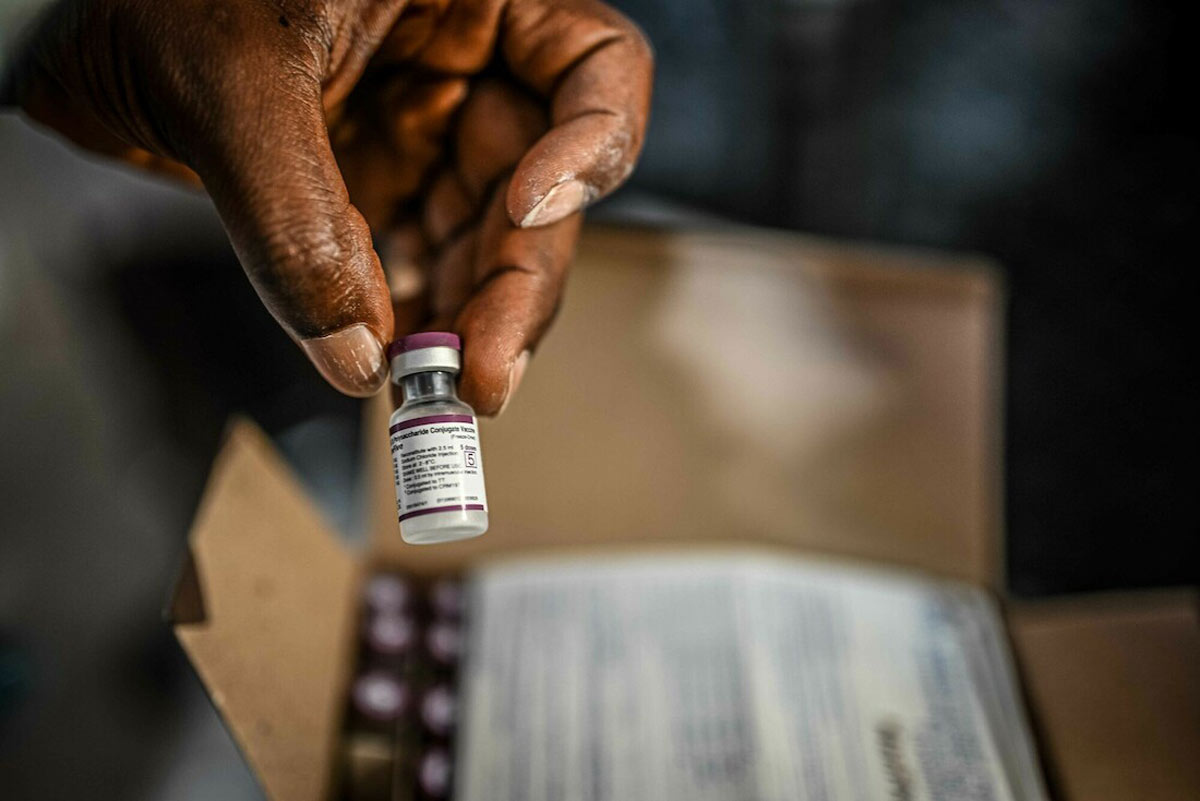Miranda Youn, Shot@Life Engagement Intern
In recent years, close collaboration between the United Nations, international partners and governments, and the Rwandan government have produced a dramatic advancement in childhood health. Rwanda’s 90.1% vaccination coverage rate is one of the highest in Sub-Saharan Africa. Since 1998, Rwanda has decreased its childhood mortality rate from 234 deaths per 1,000 live births to 42 deaths per 1,000 births in 2015, in part due to its increased vaccination rates.
Shot@Life recently hosted a congressional staff trip to learn about health and immunization activities in Rwanda to explore these issues. Participants gained knowledge and increased awareness of the importance of U.S foreign aid, particularly around child health and immunization powered by partnerships like those with the Measles and Rubella Initiative and Gavi, the Vaccine Alliance.
Our photo gallery takes a deeper look into the lives of Rwandan families and the impact vaccines have on their lives.

The Gikemoro Health Clinic, a rural health clinic where there’s an immunization card for each child, tracking their vaccination history. The clinic keeps all these cards for the health workers to see and refer to, and also serves as a sign for the healthcare workers that the records are up-to-date.

Parents waiting in line to get their child vaccinated in Gasabo Ndera health clinic, which is operated by the Minister of Health with Rwandan Red Cross supplementing social mobilization and education in volunteer efforts.

A health worker measures a child’s arm to check for malnourishment. She also performed the malaria test (Rapid Diagnostic Test), as the child had high fevers the night before. Everyone clapped when the child passed the RDT.

A nurse carries a polio vaccine cooler to the room, used to keep vaccines at a low, stable temperature. Taken at the Murambi health center, a USAID supported health clinic that serves around 500 people.

A nurse calls up people with appointments to explain how vaccines are administered.

Mothers wait patiently with very young infants for polio vaccines. Often clinic attendees dress in their Sunday best, marking the event as a milestone and acknowledging the importance of immunization.

Happy, healthy kids dressed in their Sunday best outside the clinic.

Kids outside of the clinic. When families can’t reach a clinic, local community health worker often make house calls to provide immunizations. Often the community health workers know all the members of their community, and therefore can easily keep track of vaccination rates and provide follow up care.

At the Murambi Health Center nurses administer about 100 vaccines a day. Mothers will walk 45 minutes on dusty roads to get to the clinic with their children and health workers pride themselves on availability and efficiency when administering vaccines.

A nurse gives a tuberculosis vaccine to a young baby.

A nurse administers a polio drop vaccine orally to a young baby.
This blog originally appeared on the Shot@Life site.






